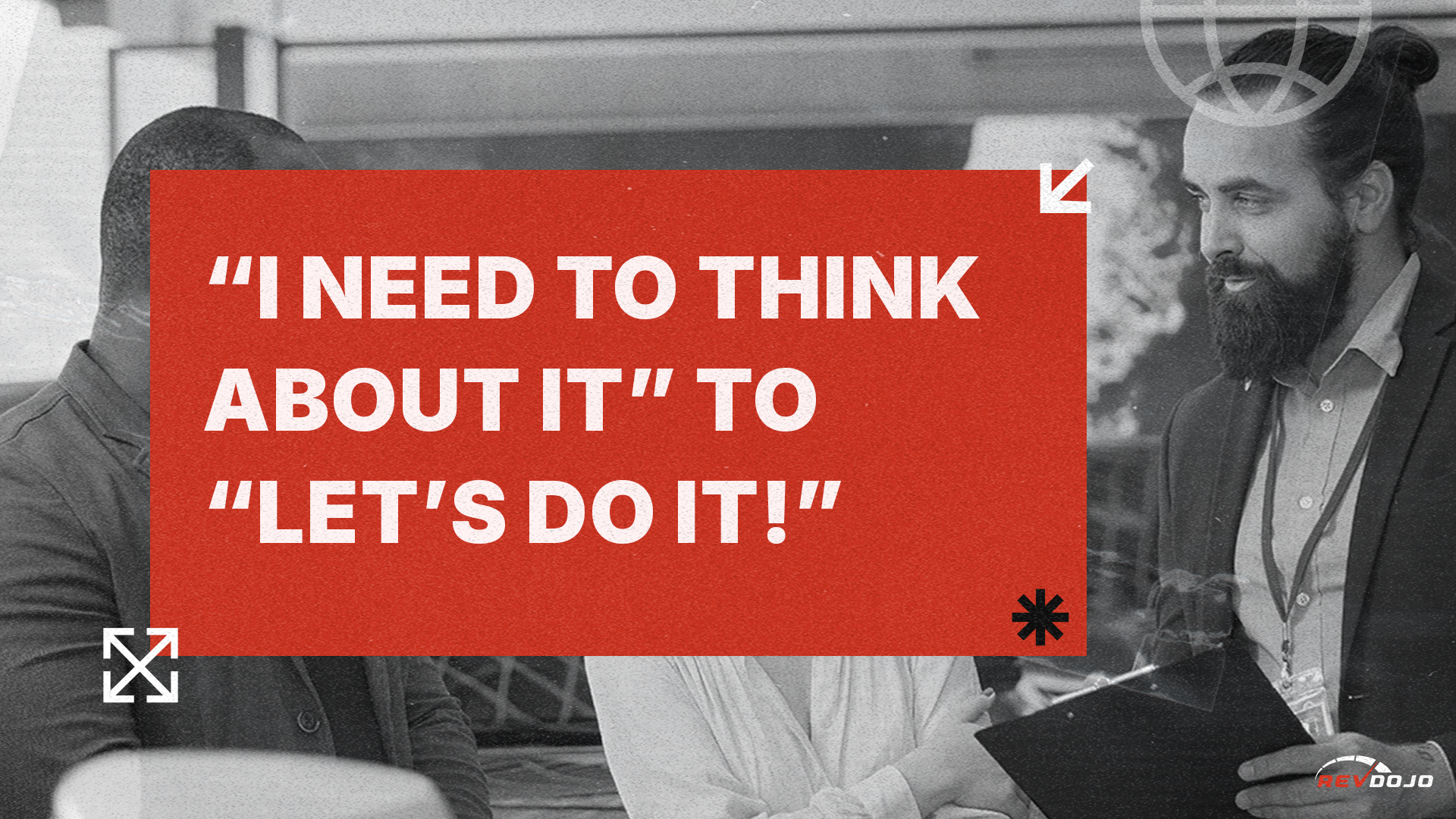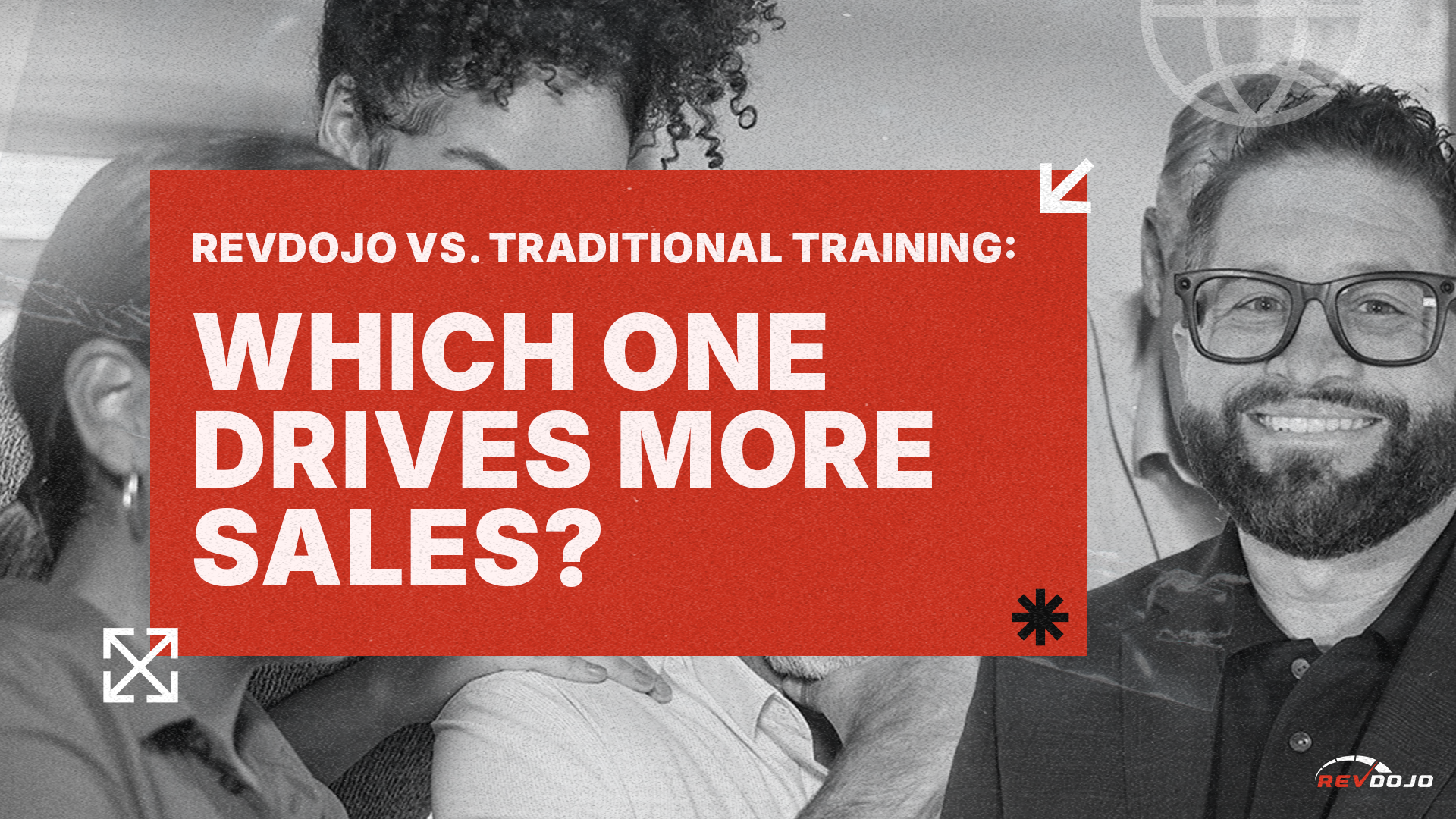Published 16 Aug 2023
How to Take an Inbound Call: Master the Inbound Sales Call
VOTD
Video of the day
car sales training
sell more cars
Automotive Sales Training
Dealership Training
How to sell more cars
How to sell cars at a dealership
car salesman
car sales tips
how to sell cars
selling cars
sales training
car sales tricks
sell 30+ cars a month
Taking an inbound call is more than just answering the phone; it's about creating a positive first impression and nurturing a potential sale. Here's how you can master the art of taking inbound sales calls:
1. Be Prepared and Professional
When the phone rings, be ready to impress. Keep your workspace organized and have all the necessary materials at hand. Your professionalism and preparedness will shine through your voice and demeanor, instilling confidence in the caller.
2. Greet with Enthusiasm
Start the conversation on a positive note by offering a warm and enthusiastic greeting. A simple "Hello, thank you for calling , this is , how can I assist you?" sets a friendly tone and shows that you value the caller's time.
3. Active Listening
Listening is key to understanding the caller's needs. Give your full attention, avoid interruptions, and take notes. This demonstrates respect and helps tailor your response to their specific requirements.
4. Empathize and Build Rapport
Connect with the caller on a personal level. Show genuine empathy towards their situation, and use the caller's name to build rapport. Establishing a connection creates a comfortable environment for open communication.
5. Understand the Needs
Ask probing questions to gather comprehensive information about the caller's needs. Use open-ended questions to encourage them to elaborate, enabling you to offer relevant solutions and address concerns effectively.
6. Provide a Value Proposition
Highlight the unique value your product or service offers. Explain how it addresses the caller's pain points and offers solutions. Use real-life examples and success stories to illustrate the benefits.
7. Clear Communication
Use clear and concise language to convey information. Avoid jargon or technical terms that might confuse the caller. Break down complex concepts into easily digestible explanations.
8. Handle Objections Gracefully
Address objections positively and confidently. Acknowledge the concern and provide factual information to alleviate doubts. Emphasize the benefits and address any misconceptions.
9. Offer Customized Solutions
Based on the caller's needs, tailor your recommendations to provide a personalized solution. Highlight how your product or service aligns with their requirements, making them feel valued and understood.
10. Close with a Call to Action
Guide the conversation towards a specific action, whether it's scheduling a demo, signing up for a trial, or making a purchase. Clearly articulate the next steps and express your eagerness to assist further.
11. Follow Up
After the call, don't forget to follow up. Send a personalized email or make a courtesy call to check if the caller's needs were met and if they have any further questions. This extra step demonstrates your commitment to customer satisfaction.
12. Continuously Improve
Regularly review your call interactions and seek feedback from colleagues. Identify areas for improvement and refine your approach to deliver an even better customer experience.
FAQs
How can I overcome nervousness when taking inbound calls?
It's natural to feel nervous, especially when starting. Practice deep breathing exercises before calls, visualize successful interactions, and remind yourself of your expertise.
What if I don't have an immediate solution for the caller?
If you don't have an answer, acknowledge their question, assure them you'll find a solution, and follow up promptly with accurate information.
How do I handle difficult or irate callers?
Remain calm and composed. Listen actively, empathize with their frustration, and focus on resolving the issue. If needed, involve a supervisor while maintaining professionalism.
Should I multitask during calls?
Avoid multitasking to ensure your full attention is on the caller. This enhances your understanding of their needs and helps build a strong rapport.
How can I make my follow-up calls more effective?
Personalize your follow-up based on the previous conversation. Reference key points discussed, offer additional assistance, and propose next steps to keep the momentum going.
What if the caller insists on a discount?
Highlight the value of your product or service before discussing discounts. If necessary, offer incentives while emphasizing the overall benefits to avoid devaluing your offering.
Conclusion
Mastering the art of taking inbound sales calls requires a combination of preparation, active listening, empathy, and effective communication. By following the steps outlined in this guide, you'll be well-equipped to handle calls confidently and convert leads into loyal customers. Remember, each call is a chance to make a lasting impression and drive your sales success.
All blog posts

Emotional Intelligence is a Game-Changer in Car Sales Training

From 'I Need to Think About It' to 'Let’s Do It

From Showroom to Sold: The Psychology of Nurturing Car Sales Leads

The Role of Customer Experience in Closing More Automotive Sales

Top-Rated Automotive Internet Sales Training for Dealership Teams

Why Dealerships With Good Car Inventory Win (And How to Make Sure Yours Does)

Driving Sales Success: The Power of Accountability and Consequences in Automotive Sales Training

Top 10 Automotive Sales Tips to Turn Cold Leads into Hot Prospects

From Rookie to Rockstar: How RevDojo Transforms Car Sales Careers

RevDojo vs. Traditional Training: Which One Drives More Sales?
RevDojo is the all-in-one solution for automotive businesses looking to thrive in today's competitive market.
© 2024 Revdojo. All rights reserved.